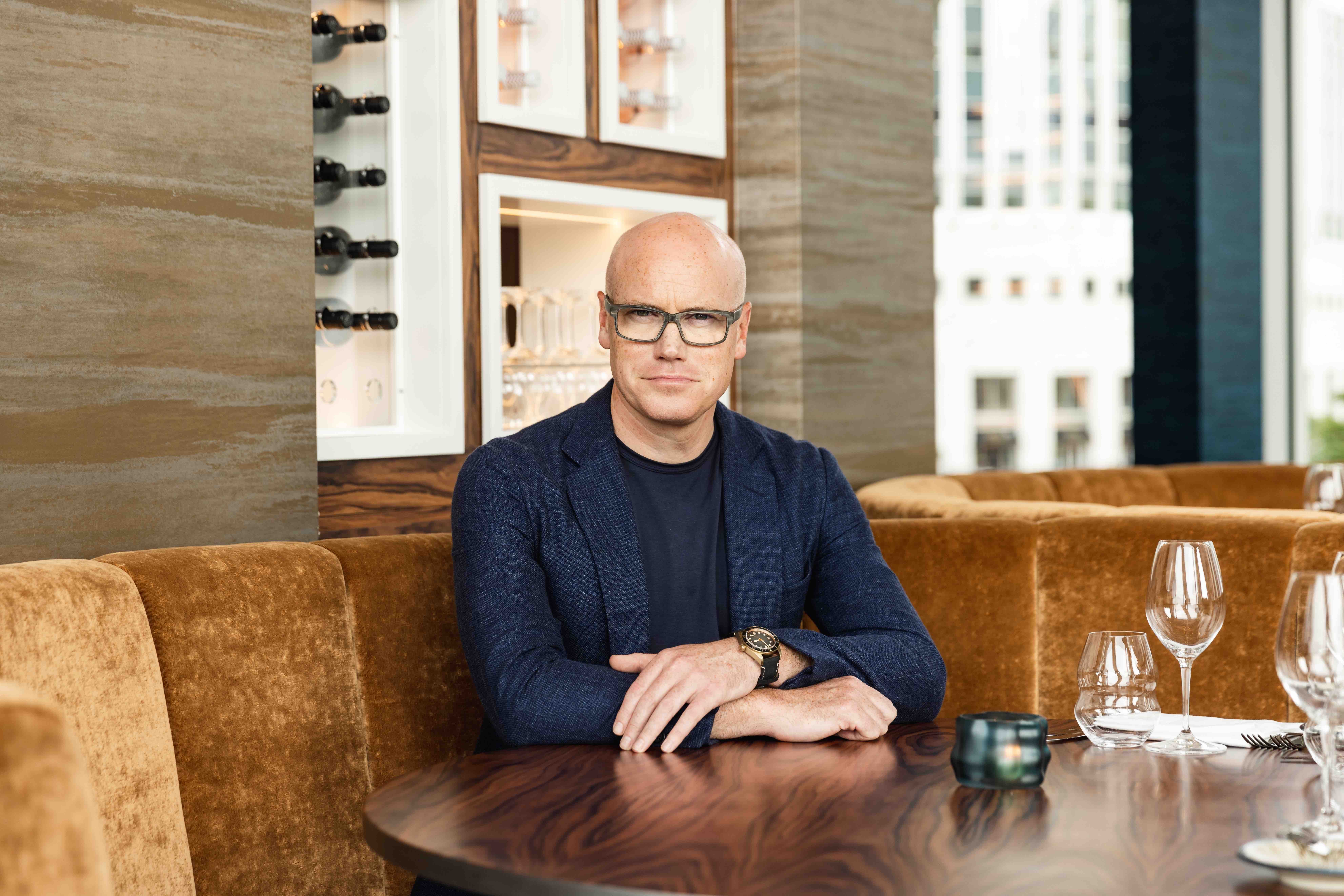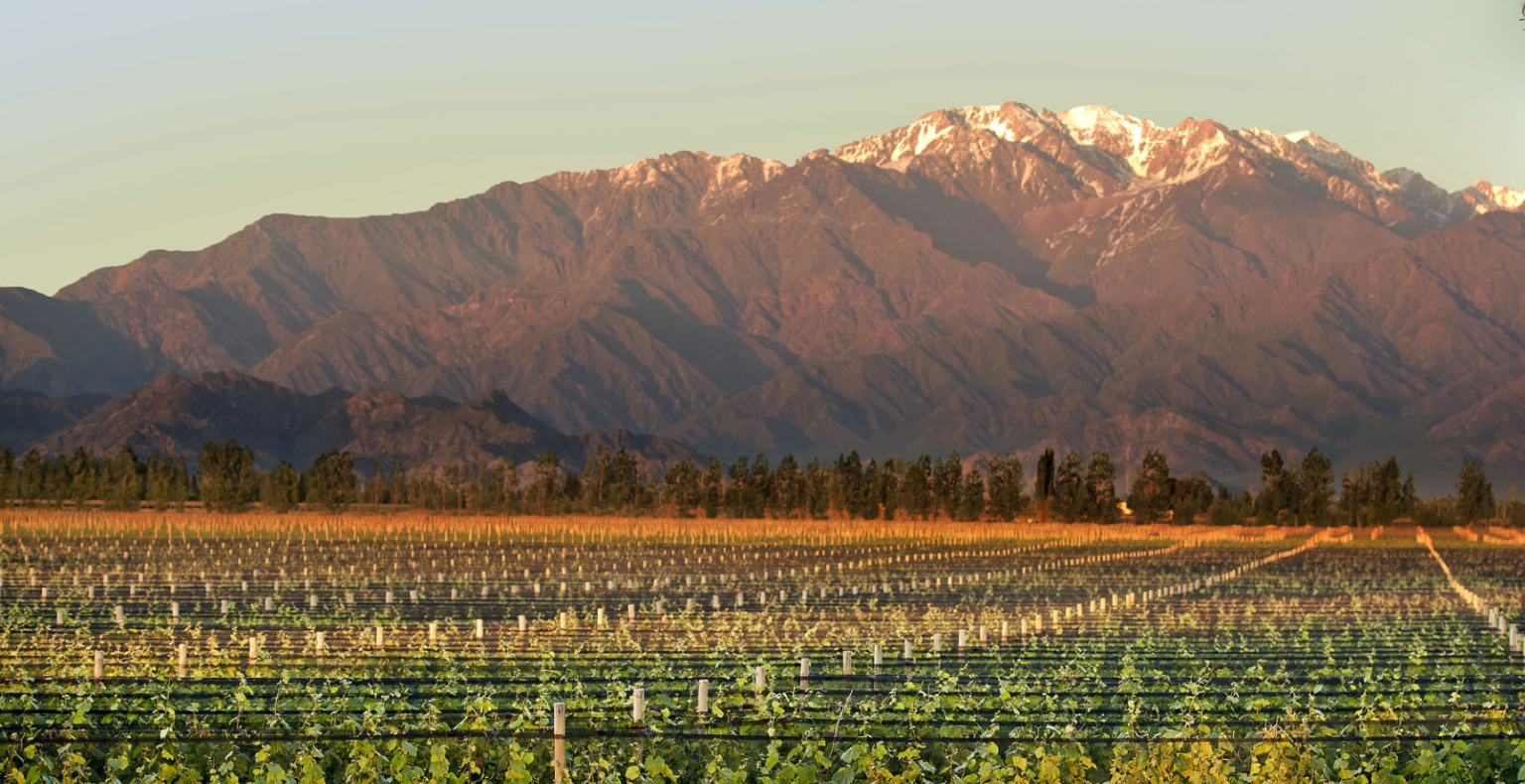How Enotria&Coe is confident the difficult steps taken in 2016 will help it set its own agenda in 2017.
If Troy Christensen had built a fortune telling suite as well as a purpose built gymnasium at the (reasonably) new Enotria’s headquarters in London’s Park Royal, then you wonder if he might have pressed pause on the decision to buy Coe Vintners in 2015.
Taking on a business of the scale of Coe Vintners, considering a large part of its portfolio was the complete opposite to what Entoria is all about – premium spirits versus premium wines – would be a tall order at any time. Never mind going in to what proved to be one of the most difficult trading years even in recent memory.
But then you wonder if every business was blessed with a crystal ball whether any, mergers or acquisitions would ever get done. There are always enough reasons not to do a deal even when the economy and market conditions are booming.
Some 18 months later then Christensen has the appearance of someone who has navigated a ship through some particularly bad storms in 2016, rounded the drinks industry’s equivalent of Cape Horn and is now in relatively calmer waters moving in to 2017.
He freely admits there were times in 2016 when the waves were coming in quicker than they could bale them out. But then Christensen is also one of the most candid and honest of chief executives in the drinks industry.
“The integration was a challenge,” he says.
A challenge that saw it return a £1.6m operating profit loss, down 68%, for the full year in 2015, largely on the back of the one-off £2.8m costs involved in integrating the Coe Vintners business. It meant an overall 3% fall in turnover to £128m, compared to £132m in 2014.
Knowledge loss

Interestingly he describes the biggest issue with the Coe Vintners deal was “living through the knowledge loss” that taking on such a traditional and well respected family drinks business can only mean. Whilst a large number of Coe Vintners staff came over with the deal, clearly some of its senior management and the real brains behind the company didn’t.
Also has Christensen points out you “lose that personal touch when people don’t come over” in terms of keeping existing customers happy and in tune with what is going on.
“You can put in place the best integration plan in the world but it’s just the little things mean it does not work as well as you want,” he explains.
But the integration now means Enotria&Coe is on course, he says, to be a £150m to £200m turnover business and now employs over 300 people and handles around 6,000 different products.
What must also be re-assuring to him and the rest of the Enotria&Coe team is that every other major drinks and wine distributor would have been rounding their own version of Cape Horn in 2016. Some, most notably Conviviality’s purchase of Bibendum PLB, with an even bigger boat to navigate.
And the biggest wave of all was the Brexit vote in June and subsequent fall of sterling on the currency markets.
Again Christensen is frank and honest about how it dealt with the aftermath. “We are not as robustly hedged as we would have liked. So we spent a lot of time reacting rather driving our own agenda.”
The Coe Vintners deal also came at a time when it was already going through some big internal infrastructure changes, introducing new computer and processing systems, upscaling its warehouse facilities.
With such big internal changes to get right, it is not surprising some of its output and communication with the trade and customers was not as strong as it would normally have been.
“Doing all of that at a face pace can be a challenge, “ admits Christensen.
“I am happy to see 2016 behind us,” he adds with a forced smile.
Why buy Coe Vintners?
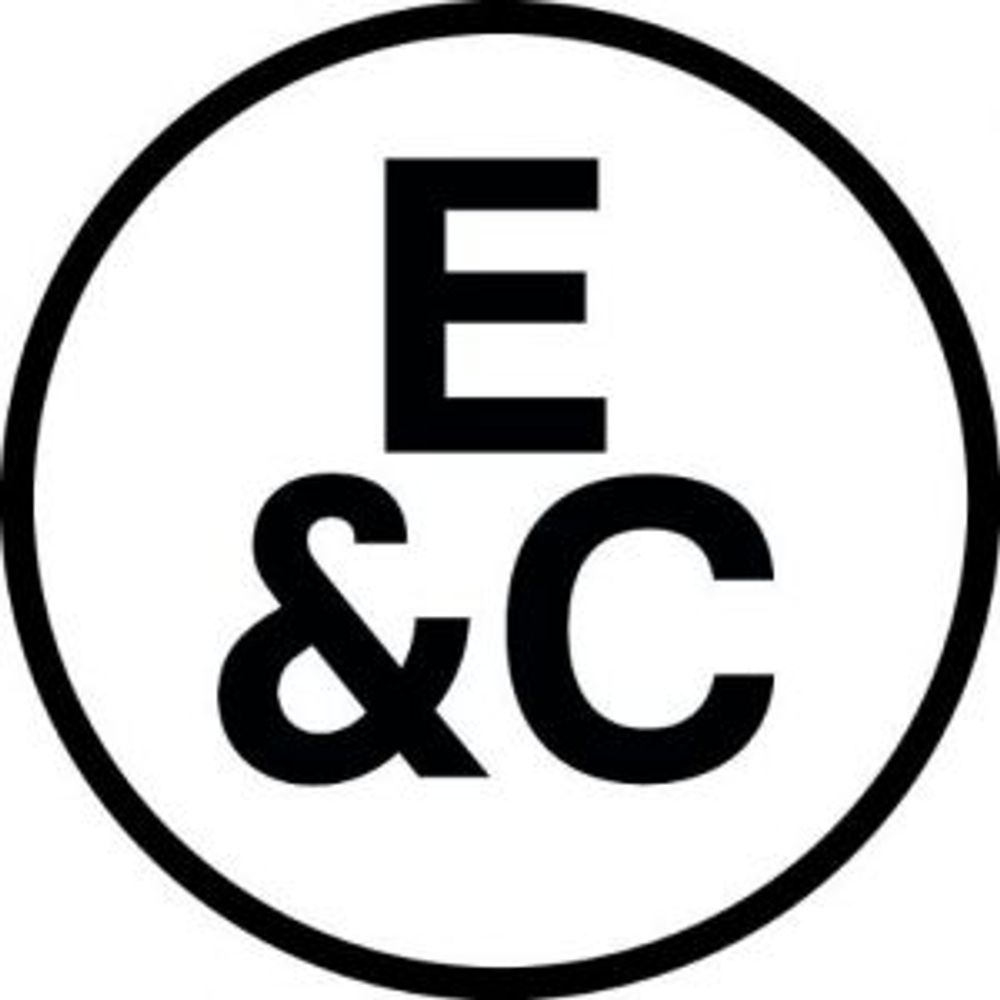
Now that Coe Vintners is very much part of the Enotria group it is easier to look back and assess exactly what convinced Christensen and Enotria to make the move in the first place.
The world of big scale national wine distribution is a competitive beast at the best of times. Never mind when margins are being squeezed ever tighter by market dynamics and a deeply uncompetitive exchange rate.
The Coe Vintners deal immediately differentiated itself from its rival wine specialist competitors. It gave it, potentially, access to a restaurant, bar or pub’s entire drinks list. It was no longer just scrapping to get wines at all the major key price points on a wine list. It was now playing with, or in some cases, against the major spirits giants. It put Enotria for the first time on the back bar.
Easier said than done. As Christensen freely admits.
It has meant a steep learning curve for the entire Enotria team, plus those who have moved over from the Coe Vintners business.
It has meant major range rationalisations across the two companies’ wine portfolios. Picking out strengths and weaknesses and hopefully coming up with a combined list that is the sum of both its parts.
It has meant Enotria’s buyers, sales and marketing teams having to understand the dynamics of the spirits world. It has meant working with new accounts and the needs and intricacies of different on-trade buyers who look at the role of their spirits very different to how they buy wine. If they buy wine at all.
Building on integration
For all the ups and downs of 2016, the hope is that the benefits of that integration will be seen in the months and years ahead. So much so that Christensen is predicting double digit growth of around 12% into independent and regional wholesalers for the year ahead. Other channels will be far more challenging with the off-trade likely to be flat.
But to do so means getting the foundations of the business right, cutting more costs out of its supply chain, even in what is still going to be a highly volatile and disruptive year thanks to the unknown value of sterling.
“It makes it very hard to plan. So we are going to be a lot more risk adverse on currency and costs going forward.” Which basically means hedging for much longer and locking in the business to set a business plan around a particular currency level.
Which hopefully does not mean having to introduce another 20% price rise on certain wines on its list that it had to do last autumn.
One of the key members of the senior management team who did make the move over was Mike Beavan, who now heads up the company’s marketing operations. It will be an increasingly crucial role as Enotria&Coe gets more on the front foot of driving its own agenda, telling its own story and making the case for what it can now offer the trade.
So rather than be distracted by just getting all its plates spinning at the same time, it can concentrate on what Christensen calls setting its own agenda. “We need to make sure we are more aligned than we have been before,” he admits.
Which means, he adds, running more “integrated campaigns” that ensure its buying, sales and marketing functions are all working seamlessly together, which clearly has not always been the case.
For Christensen that means have a “clear identification” about what wines, for example, it is buying, and how they fit in to the needs of both its existing and potentially future customers. It can then be assured it is driving the right categories, with the right campaigns.
“If we source better, we buy better. We can then market our products better to the right customer,” he adds.
Focused campaigns
Part of that exercise will be running a series of more focused wine tastings and events, principally aimed at promoting areas where Entoria&Coe feel it has a particular edge. Noticeably Italian and Argentinian wine. It will, for example, be running a series of bespoke tastings on specific regions of Italy throughout 2017, both in London and in strategic cities around the country.

Jon Pepper: crucial the business focuses in on what it does best
Jon Pepper MW, buying and retail director for Enotria&Coe, explains the strategy: “Each event will be clearly focused on how we can sell more with our customers. It will be a good way for us to focus in on areas, on trends and regions where we are really strong, particularly Italy.”
Winners and losers in the market
As for market conditions. Christensen says the data coming through from the likes of CGAshows the market is still very much polarised between those looking for good deals and those happy to trade up. A situation likely to bite even more in 2017 as food inflation and other costs, particularly wages, hit the on-trade.
It means overall wine volumes are down and spirits volumes have slowed to 1% growth rather than 5%. Hence to make a difference,he stresses, you have to do even more to engage with customers and encourage them to trade up when they do pay a visit.
“If outlets take away the things that make them interesting to visit then they will struggle. People are still interested in finding good niche, spirits, local and regional brands. Yes, they have slowed down their consumption but they still want something funky when they are out. The key for operators is working out how to get them to spend more when they do.”
Access to new customers
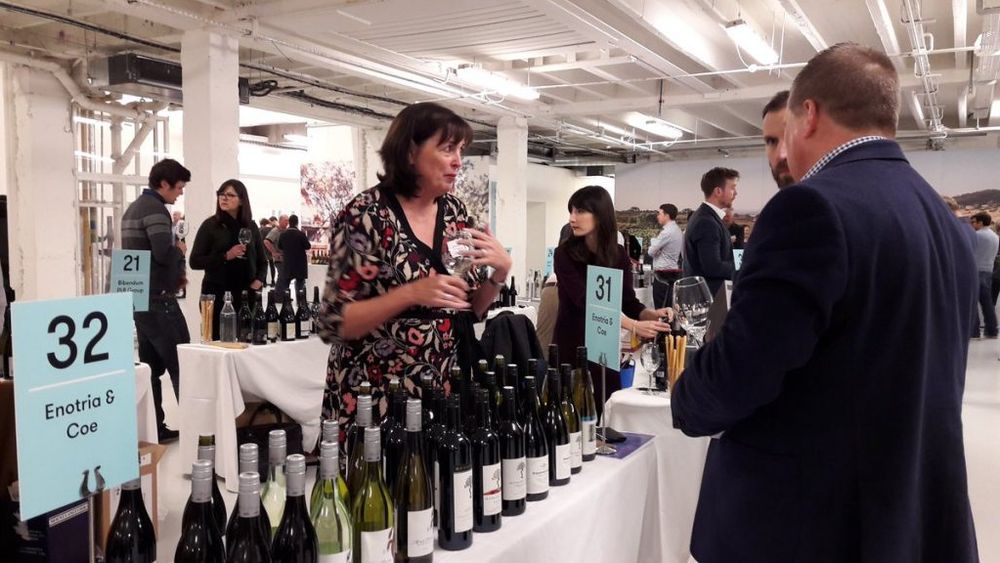
Its breadth of range and ability to provide both wine and spirits is what the new look business hopes to concentrate on
One of Enotria&Coe’s new points of difference is that it now has such a big range across all drinks categories. Just at a time when many of its competitors are making a big play of the fact their wine only ranges are more refined and smaller.
He admits it is a balancing act, but believes there are huge benefits to come from being amongst the biggest around.
Pepper agrees: “We are now able to have that complete wine and spirits conversation with customers and we can talk to them about how they can engage with their customers all the way from the aperitif, right through the meal to the after dinner drink. There is a lot of potential for extra GP and incremental sales.”
It also means it is now having the opportunity to work with different kinds of customer for the first time. Spirits focused customers in premium style bars that need to be serviced differently than a sommelier in a high end restaurant. “Our sales people need a different set of skills,” says Christensen.
Focused channel specific training
Which means, he says, looking outside the traditional WSET training with more channel, on-trade skills. It is an area we are likely to hear a lot more about, but the opportunity is clearly there for Enotria&Coe to get far closer to its wine specialist competitors and offer more all round training across the drinks list and down the back bar. “We will look to bring in a spirits or wine expert when a customer needs a bit more specialist help,” adds Christensen.
Which also means getting the existing Enotria and Coe sales teams to work closer together. Pepper explains: “As we know it is a lot easier to buy wine, it is a lot harder to sell it. So we are always working to get our buyers closer to the market and working with our sales and commercial teams. A good buyer needs to be a good sales person as well and it is very important for us to be able to get the passion they felt when buying the wine in the vineyard right down through the trade.”
Spirits strategy
Christensen says there is a lot to be said for being a spirits distributor that is product or brand neutral. Or “agnostic” as he puts it. He points to some of the specialist only spirits players that have a particular leaning to whichever major spirits company is offering them the most value added support.
“We don’t have an agenda supported by a drinks producer,” he stresses. “We can concentrate on what the trade is doing and what it wants.”
He still, for example, still sees a strong future for craft products, which although is likely to slow, is still on an upward trajectory.
“That premium engaged audience around craft products is very important to us and there are still lots of opportunities.”
With such a spirits range to play with it is not surprising to hear Christensen talk about capitalising on the great opportunity in cocktails. Again he turns to CGA data which shows 20% more food outlets now have their own cocktail lists than they did a year ago. But again that also means putting in place better training and more skills in to his own sales and development teams to make that work in the trade.
Still being a wine specialist
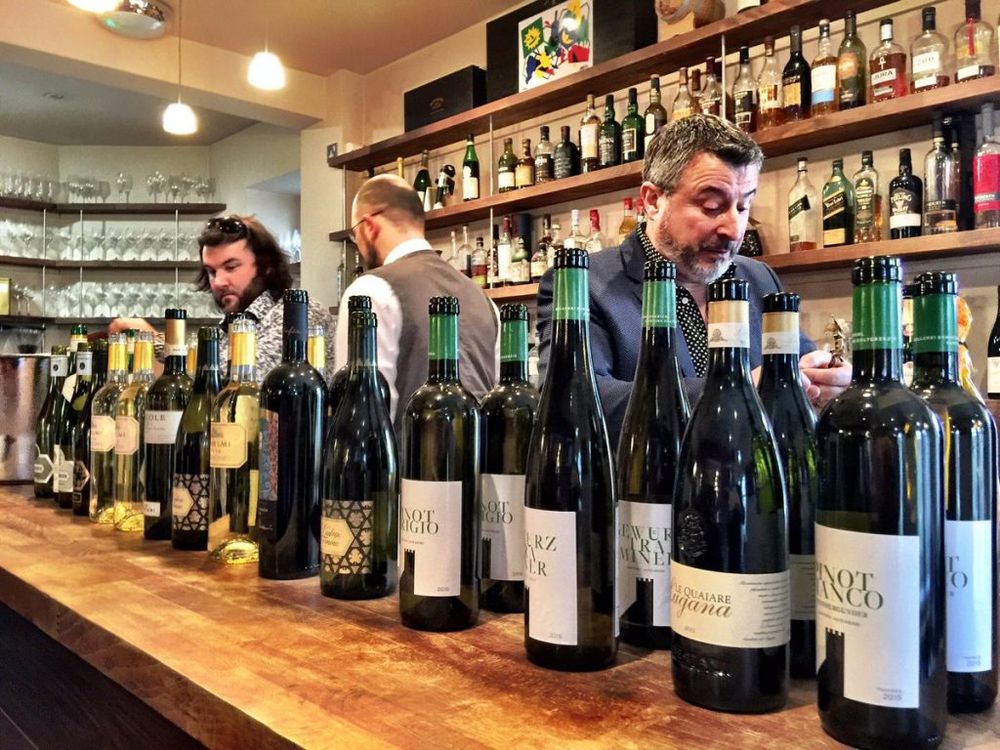
Targeted regional tastings on key parts of its portfolio, like Italy, will be a key part of its 2017 strategy
With such a high profile move in to spirits it is clearly also important for the business to be still seen as a wine specialist in its own right. That is still able to take on striking new agencies like California’s Stag’s Leap to add to existing portfolios from the likes of Henschke in Australia.
Or, thanks to its joint venture with Sicilian wine business, Cantine Settesoli, offer private label, exclusive lines at the commercial end of the market.
A wine specialist that now has the ability to talk spirits too and then, vitally, support both with an efficient, one stop delivery.
Again easier said than done, but by bringing wine and spirit deliveries together means Enotria&Coe has potentially another edge on its wine specialist competitors, believes Christensen.
Further steps, he adds, still need to be made to make its supply chain and delivery process more efficient with more composite deliveries and less smaller drop offs. A system that can still cope with an independent that just wants a minimum drop of a few cases of wine.
Future growth
The Coe Vintners deals mean Enotria&Coe is even more swayed towards the on-trade, which now accounts for around 65% of its turnover with 35% with the off-trade. But that works out as a 50/50 split in terms of volumes.
“The on-trade is where the growth is,” stresses Christensen. “The off-trade is all about cost controls, cutting ranges, cutting out suppliers. It is in the on-trade where you really have the chance to engage with customers.”
And make some money, particularly, he says, when you consider spirits can be five times the price and wine three times the price on average in the on versus the off-trade.
It now hopes it has the building blocks in place to make the most of those opportunities.

